Records of Early English Drama North-East (REED N-E) is part of a massive international project to assemble a complete survey of medieval and early modern performance in Britain. The REED volumes are to scholars in literature and theatre what Pevsner is to architects and art historians.
REED-NE will be a critical edition of all surviving records of performance and entertainment in England’s North-East from about the ninth century up to 1642. REED has already made some fascinating discoveries from the archives of the region. You can also view some of the archival material we’ve been searching for and transcribing.
Watch Medieval Drama from the North East
As part of the project we’ve been bringing forgotten North East theatrical, musical and performance traditions back to life. See some of the shows or visit our online exhibition.

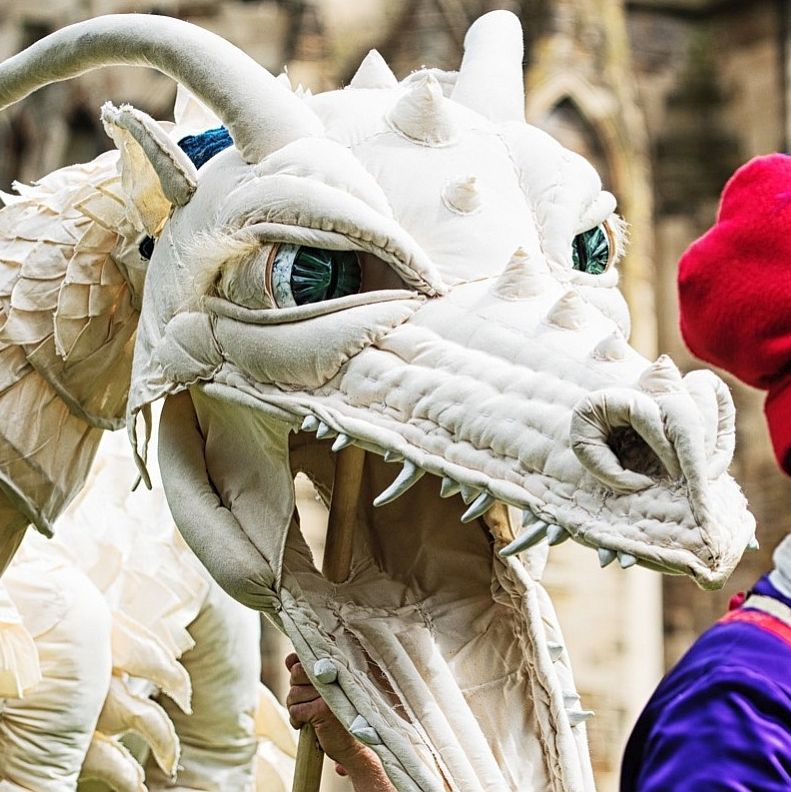 The Durham Dragon
The Durham Dragon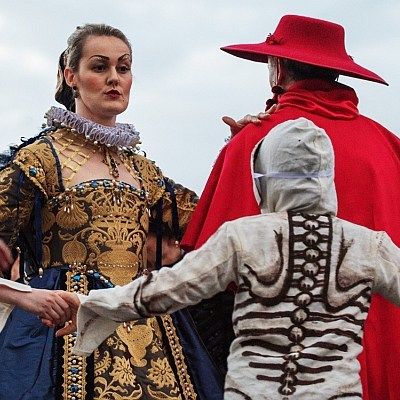 The Sacred and the Profane
The Sacred and the Profane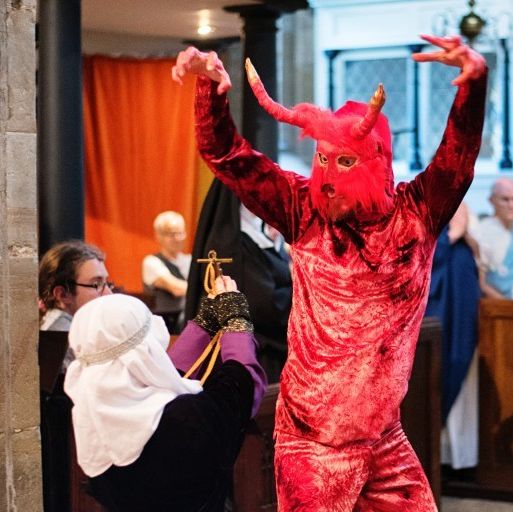 The Harrowing of Hell
The Harrowing of Hell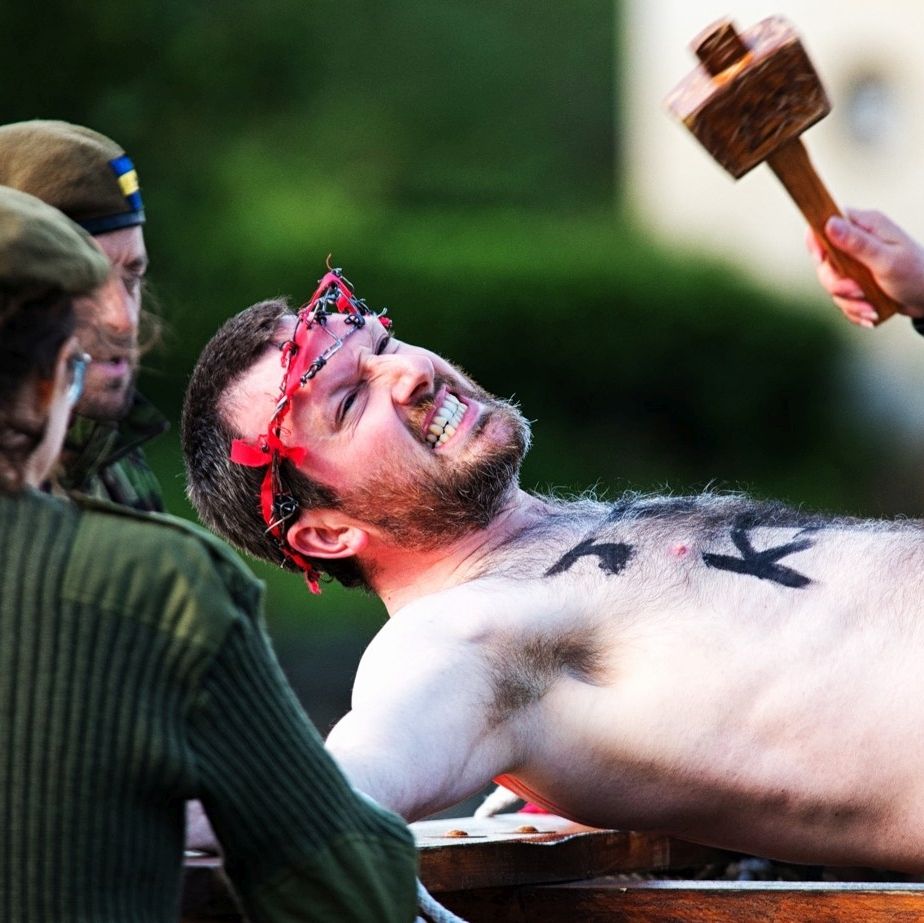 The Crucifixion
The Crucifixion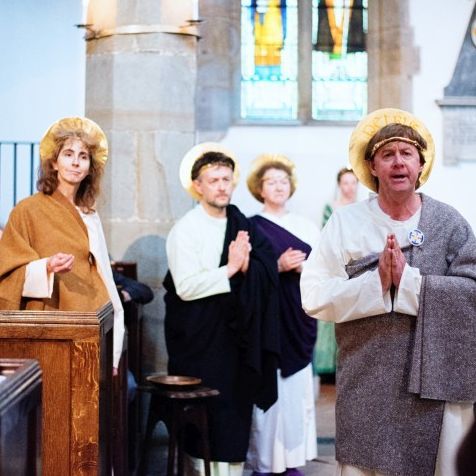 Peregrini
Peregrini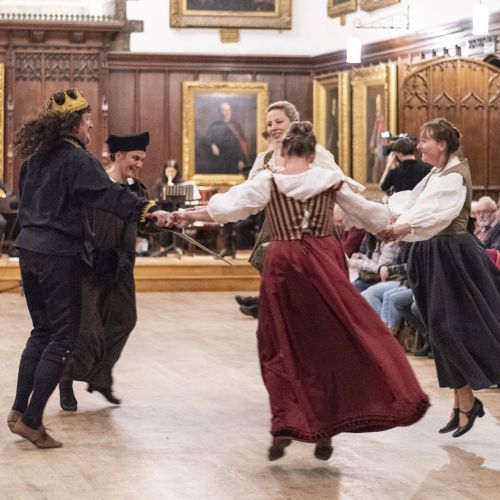 Souls of the North
Souls of the North